
Stalled Disruption: How "Messy" Workflows Are Protecting Human Jobs from AI
Artificial intelligence has demonstrated remarkable advancement in handling tasks once considered out of its league, such as acing challenging graduate-level exams or producing work at a professional standard. This impressive ability introduces a paradox: if AI can manage such intricate tasks, why haven't we witnessed it taking over numerous human jobs?
What This Article Covers
In the sections to follow, we’ll delve into new research on how AI struggles with “messy” tasks, even as it thrives in well-defined, linear workflows. We’ll also look at real-world scenarios of job displacement, discuss timelines for more widespread disruption, and propose practical strategies for adjusting to a future shaped by AI.
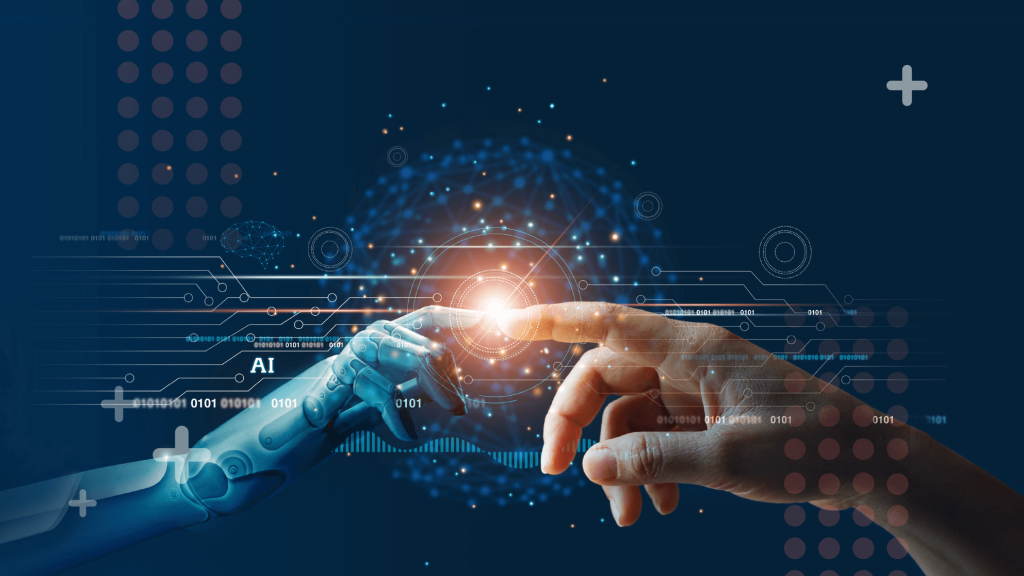
The AI Paradox: High Capability, Low Disruption
Artificial intelligence tools—particularly large language models (LLMs)—have demonstrated an ability to perform sophisticated tasks that many experts once deemed too complex for automation. From passing law-school entrance exams to generating human-like essays, these breakthroughs reveal an impressive capacity to mimic and sometimes surpass human performance in narrowly defined contexts.
Yet, despite this comprehensive proficiency, we do not see a massive wave of unemployment in roles that involve similar levels of cognitive complexity. This discrepancy highlights a fundamental puzzle: if AI can tackle exams at an Ivy League level, why isn’t it replacing more knowledge-intensive jobs at a faster pace?
Why the Disruption Stalls
One reason for this seemingly slow disruption is that AI’s current strengths often center on structured, predictable tasks. While it can excel at providing well-formed answers to specific queries, it struggles with unstructured work that requires constant adaptation and real-time decision-making—a far cry from the tidy environments of standardized tests.
Moreover, “messy” responsibilities in many jobs involve context switching, ambiguity, and dynamic interaction with people. In these situations, AI’s lack of flexible reasoning becomes more evident. Humans can rely on emotional intelligence, implicit knowledge, and reading social cues—skills that remain challenging for even the most advanced models.
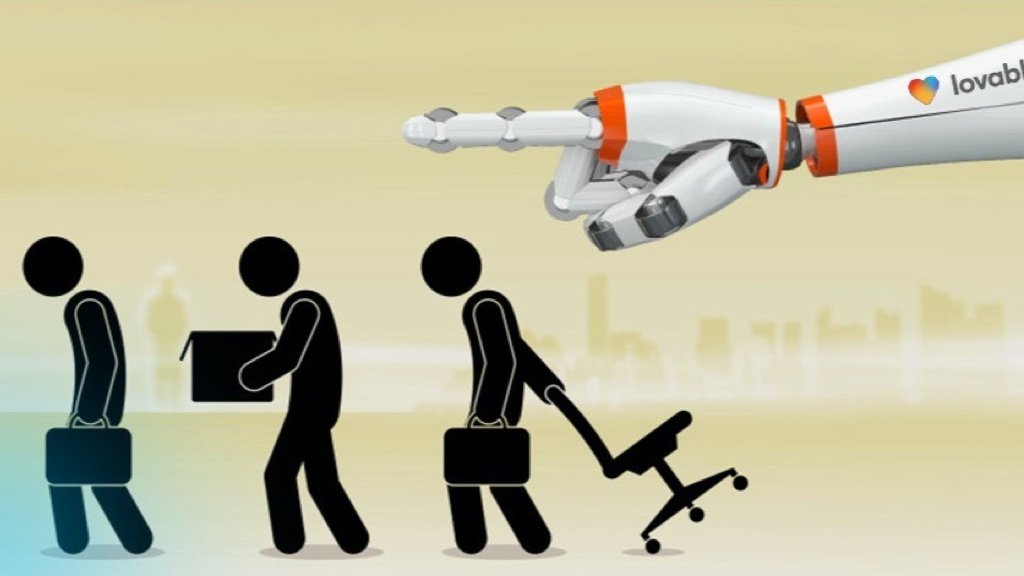
Effects in the Real World: Who’s Actually Experiencing the Impact?
Decreased Employment for Writers and Developers
Current employment statistics highlight an unexpected development: rather than typical office jobs like travel agents or bookkeeping clerks facing the downturn, it’s writers and software developers who appear most affected. Industry insights indicate falling job numbers for these roles, diverging significantly from their usual upward trends over the past few years.
A key reason is that writing and coding can be divided into structured, individual tasks that AI manages exceptionally well - whether it’s drafting product descriptions or resolving code issues. For freelancers or contractors in these sectors, businesses can effortlessly replace human effort with AI tools without substantial bureaucratic challenges.
Why These Roles?
These jobs align so closely with AI’s main abilities—linear, goal-oriented processes - that complete projects can be automated from beginning to end. A marketing firm needing rapid content, or a startup requiring repetitive coding, may see immediate cost-effectiveness by shifting to AI-driven solutions.
Additionally, the high prevalence of freelancing in writing and coding intensifies this trend. If an organization can pay per project rather than sustain a salaried role, transitioning to AI represents a relatively low-risk choice, encouraging a quicker shift than in more established, full-time positions.

The Protective Power of ‘Messiness’
Despite the impressive capabilities of modern AI, many of its breakthroughs rely on predictable input-output relationships. In reality, human jobs frequently involve unstructured workflows characterized by shifting contexts, ambiguous goals, and unpredictable interactions.
While an LLM can easily draft a memo or respond to a standard query, it often struggles with multifaceted reasoning - juggling rapid updates, empathizing with end users, and making judgment calls on the fly.
Take, for instance, an executive assistant scheduling last-minute meetings with stakeholders in different time zones. Coordinating these moving parts requires interpreting vague or conflicting preferences, resolving unforeseen scheduling conflicts, and reading subtle social cues. E
ach of these tasks demands a level of adaptability that cutting-edge AI, for all its computational horsepower, is still learning to master. Until models can thrive amid these messy, human-centric nuances, human labor remains the linchpin in roles that prioritize agility.
Case Study Example 1: Admin Work in Healthcare
An emerging AI startup deployed a model to handle patient inquiries at a large healthcare network. The system excelled at providing scripted responses on insurance coverage and appointment availability - until patients deviated from the expected questions, adding personal details about symptoms or emotional concerns. Because the
AI was not designed to handle compassionate dialog or triage more complex cases, calls were frequently escalated back to human agents. This outcome underscores how unstructured, back-and-forth communication reveals AI’s current limitations in real-world contexts.
Case Study Example 2: Cross-Department Coordination
Meanwhile, a multinational logistics firm tested a chatbot to manage inter-departmental shipping requests. Although the bot could generate routine shipping labels and track deliveries, issues arose when it had to negotiate priority changes or integrate last-minute legal documents from separate teams.
In these scenarios, managers needed to step in and clarify ambiguous goals - something the AI could not do on its own. The pilot ended with a hybrid workflow: humans handled all unexpected escalations and strategic decisions, while the bot continued to perform well-defined tasks like updating status fields and emailing automated confirmations.
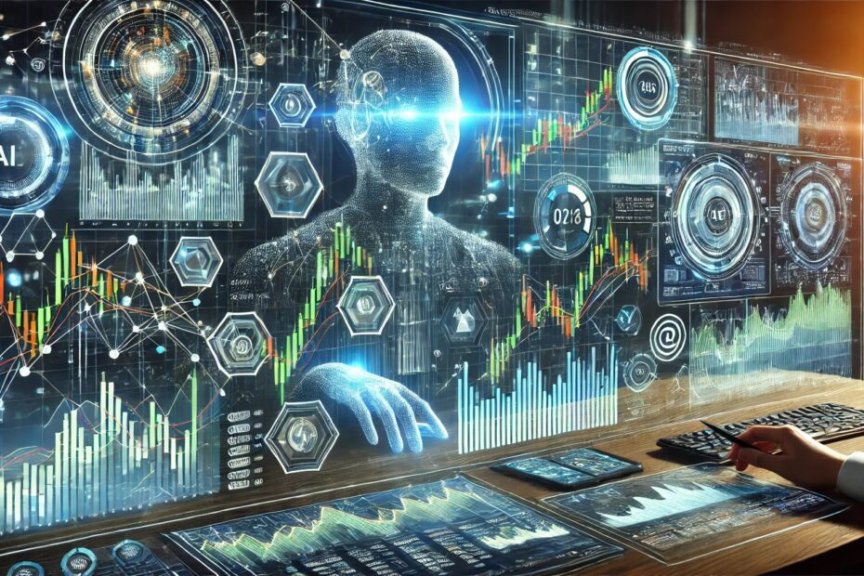
The Timeline: When Will Broad Displacement Occur?
Though current AI models may find unpredictable or multitasking scenarios challenging, they are swiftly advancing. Recent strides in reinforcement learning and context-aware architectures indicate a path that may soon allow AI to tackle tasks previously considered out of reach.
As research labs refine more adaptable frameworks—capable of juggling multiple objectives and adjusting on the go—today’s constraints might yield to next-generation systems handling a wider variety of real-world challenges.
Experts warn not to underestimate this progress. Historically, each step forward has been quicker and more profound than many experts anticipated. From enhanced language understanding to improved decision-making, AI’s progression creates a compounding effect: the better it becomes, the more it speeds up further advancements. Thus, roles once protected by complex workflows may soon be genuinely at risk.
Historical Patterns and Expert Predictions
Reflecting on past waves of automation offers perspective. When industrial machines began to threaten manual labor during the 19th and early 20th centuries, societies adapted over decades, not years.
However, the digital shift happened much faster, disrupting sectors like manufacturing, customer service, and finance within a single generation. Many experts argue that AI is an equally transformative force, likely to reshape white-collar jobs at a much faster rate than previous transformations.
Meanwhile, futurists are split on the specific timeline, with some predicting a gradual transition and others foreseeing a rapid shift once particular technical milestones are reached.
In either scenario, enhanced collaboration among AI developers, economists, and policymakers will be crucial to ensure that society both prepares for and actively influences the next massive change in the labor market.
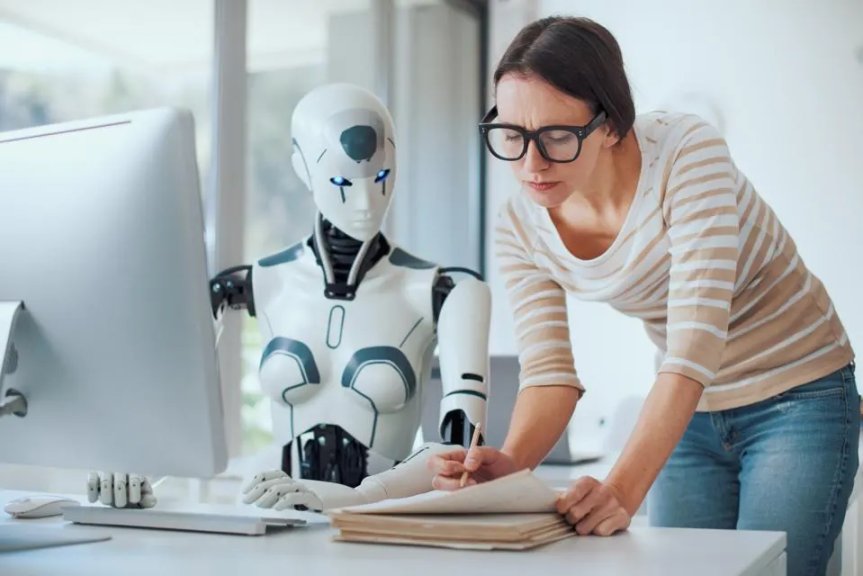
Adapting to an AI-Driven Future
As AI takes on tasks once considered secure, the smartest move for professionals is to develop complementary skills. Creativity, empathy, and domain expertise become especially crucial, as these remain beyond most AI's reach.
Identify Complementary Skill Sets
For example, a marketing expert who uses AI to draft content while infusing personalized storytelling will stay relevant. Likewise, a project manager who can interpret unclear objectives, manage stakeholder connections, and synthesize human inputs can leverage AI’s efficiency without being replaced by it.
Additionally, as generative models and machine learning systems progress, a new realm of AI-related careers begins. Roles like prompt engineering, model oversight, and ethical auditing illustrate how human judgment still upholds responsible and effective AI usage.
Focus on Complex, Value-Added Roles
Instead of waiting for technology to advance, employees can actively shift towards tasks that require holistic thinking, interpersonal communication, or strategic planning - areas where AI often struggles. For instance, workers who learn to interpret AI results with critical insight and refine them for nuanced audiences offer immense value compared to those in purely linear roles.
Similarly, organizational leaders need to think beyond simple cost reduction. Investing in team upskilling, nurturing an innovative mindset, and keeping abreast of AI trends can prevent a business from being caught off guard. By fostering environments where human and AI collaboration is routine, companies can evolve with technology without facing complete disruptions.
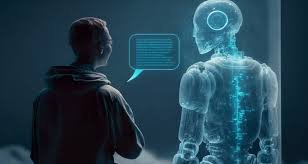
Generative AI’s impressive ability to produce high-level work on demand has not yet unleashed the massive job disruptions many feared. Instead, these new technologies show their greatest impact where tasks are linear and predictable, such as writing and coding.
Meanwhile, roles that revolve around unstructured, unpredictable workflows - coordinating multiple parties, handling nuanced conversations, and adapting to fluid requirements - still hold firm against the AI encroachment.
However, as model architectures become more sophisticated, and as researchers refine techniques to help AI manage complex inputs, today’s safe havens may not remain so for long. The so-called “messiness” that protects these roles today could prove only a temporary shield against the advancing capabilities of machine intelligence.
Looking to the Future
Ultimately, adapting to AI means embracing a hybrid future. Workers and organizations that skillfully integrate AI tools into their workflows, while cultivating human-centric expertise such as empathy, creative thinking, and strategic judgment, will be best positioned for success.
Rather than an outright replacement, AI offers a collaborative partnership that can lift productivity - but only for those prepared to capitalize on its strengths while mitigating its weaknesses.